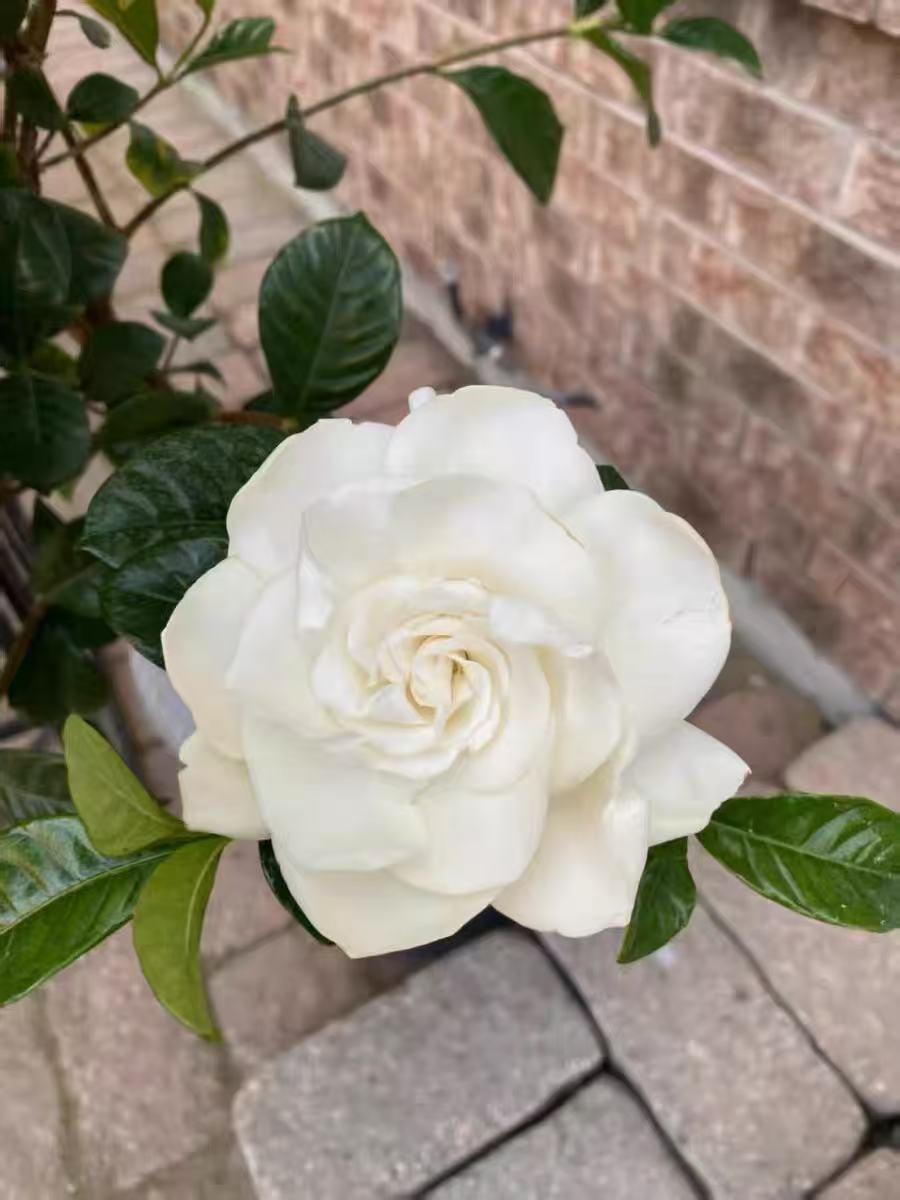In the world of plants, each plant has its unique survival habits, especially when it comes to the significant differences in water requirements. Some plants can tenaciously survive in arid environments, while others are like delicate "water nymphs," being extremely sensitive to water shortages. Once they are not watered adequately, they will quickly wither and may even die. Understanding these water-sensitive plants helps us better care for them and avoid the withering of plants due to negligence.
The Epipremnum aureum is a typical plant that likes water and is intolerant of drought. It is native to tropical regions and is accustomed to a humid growth environment. The leaves of the Epipremnum aureum are large and thin, and the water evaporates relatively quickly. Its roots are also relatively slender, with limited water storage capacity. If the interval between waterings is too long and the water in the soil is rapidly lost, the leaves of the Epipremnum aureum will be the first to send out a "distress signal." At first, the leaves will lose their former luster and become dull. Then, they will start to become soft and droop, and the tips of the leaves will gradually turn yellow and dry out. If water is not replenished in a timely manner, the entire Epipremnum aureum plant will wither, and the originally vibrant vines will become lifeless.
The Gardenia jasminoides also has relatively high water requirements. It needs sufficient water to maintain its physiological activities during the growth process. The flowers of the Gardenia jasminoides are large, and a large amount of water and nutrients will be consumed when they bloom. Moreover, its leaves are dense, and the transpiration is strong. Once it is not watered enough, the plant will give up the flowers first. The flowers will start to wither and fall off, and then the leaves will also curl and turn yellow. When the roots of the Gardenia jasminoides lack water, they cannot absorb nutrients normally. Long-term drought will lead to damage to the roots, which will in turn affect the growth of the entire plant and eventually lead to withering.
Ferns, such as the Boston fern, also belong to plants that are intolerant of drought. Most ferns grow in humid forest environments, and they have extremely high requirements for both air humidity and soil humidity. The leaves of the Boston fern are pinnate and soft in texture, and the water loss is rapid. When watering is not timely and the soil is dry, the edges of its leaves will quickly dry out and gradually spread inward to the leaves. The entire plant will look as if it has been burned by fire, losing its original greenness and vitality, and will soon wither.
The Asparagus setaceus is also one of the plants that are likely to wither when watered less. The Asparagus setaceus is light in shape, with slender branches and leaves, and looks very elegant. However, this characteristic also determines that it is relatively sensitive to water requirements. The roots of the Asparagus setaceus are shallowly distributed, and the range of water absorption is limited. If it is watered too little, the branches and leaves of the Asparagus setaceus will become dry and yellow, and the originally dense branches will become brittle and easy to break. In severe cases, the entire Asparagus setaceus plant will be like having its water sucked out, withering and curling up together and losing its ornamental value.
Although these plants that are likely to wither when watered less are "fragile," as long as we master their growth habits and provide them with appropriate amounts of water, we can keep them full of vitality and add greenery and beauty to our lives.
Which plants are likely to wither when watered less?

Share with
Tagged in :




Leave a Reply